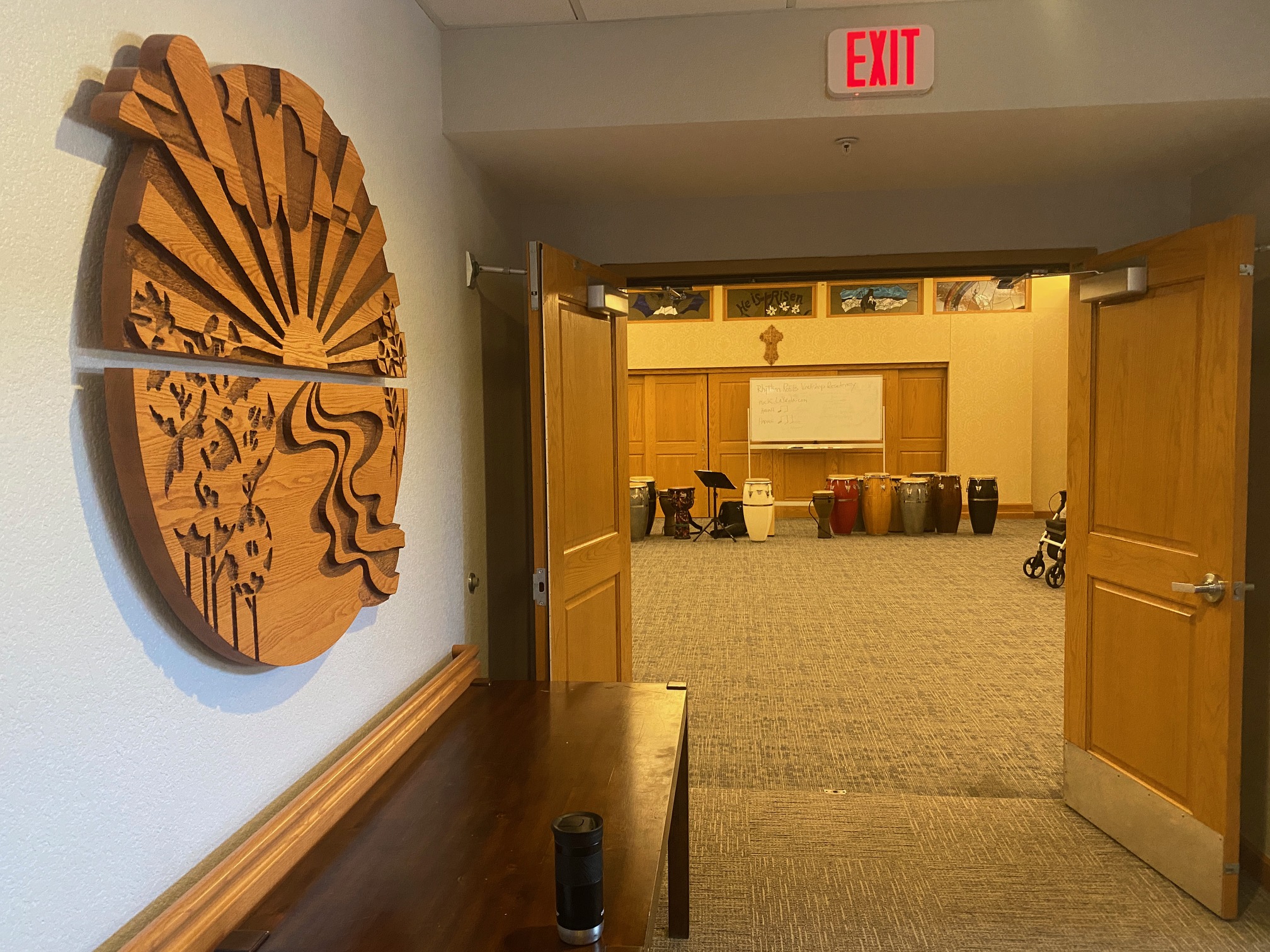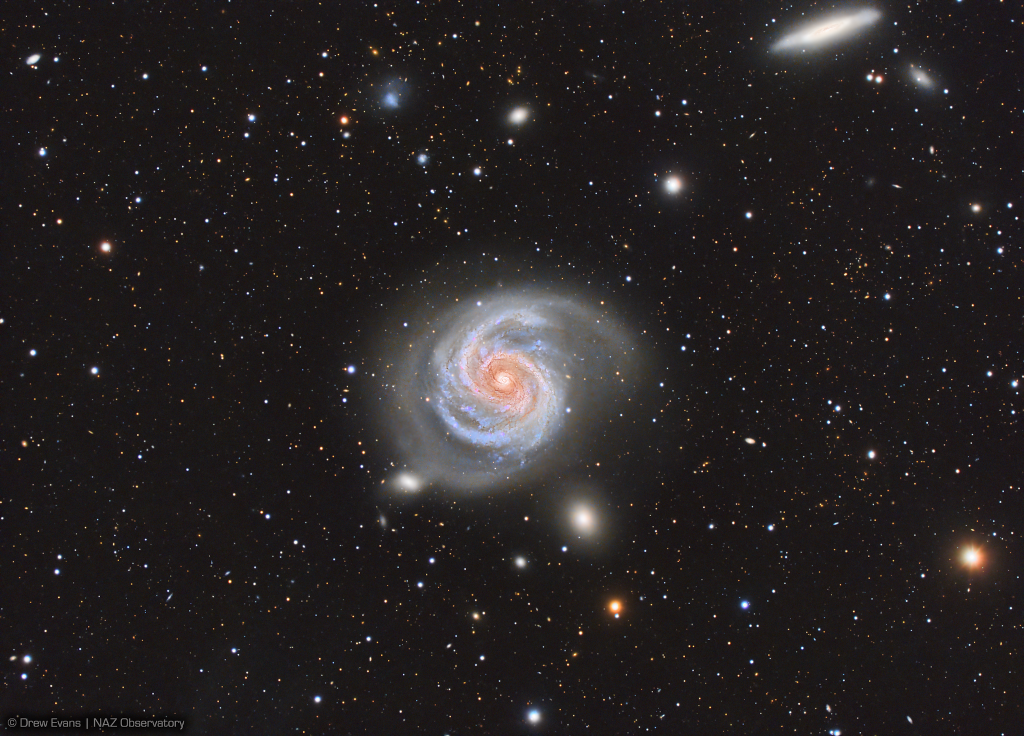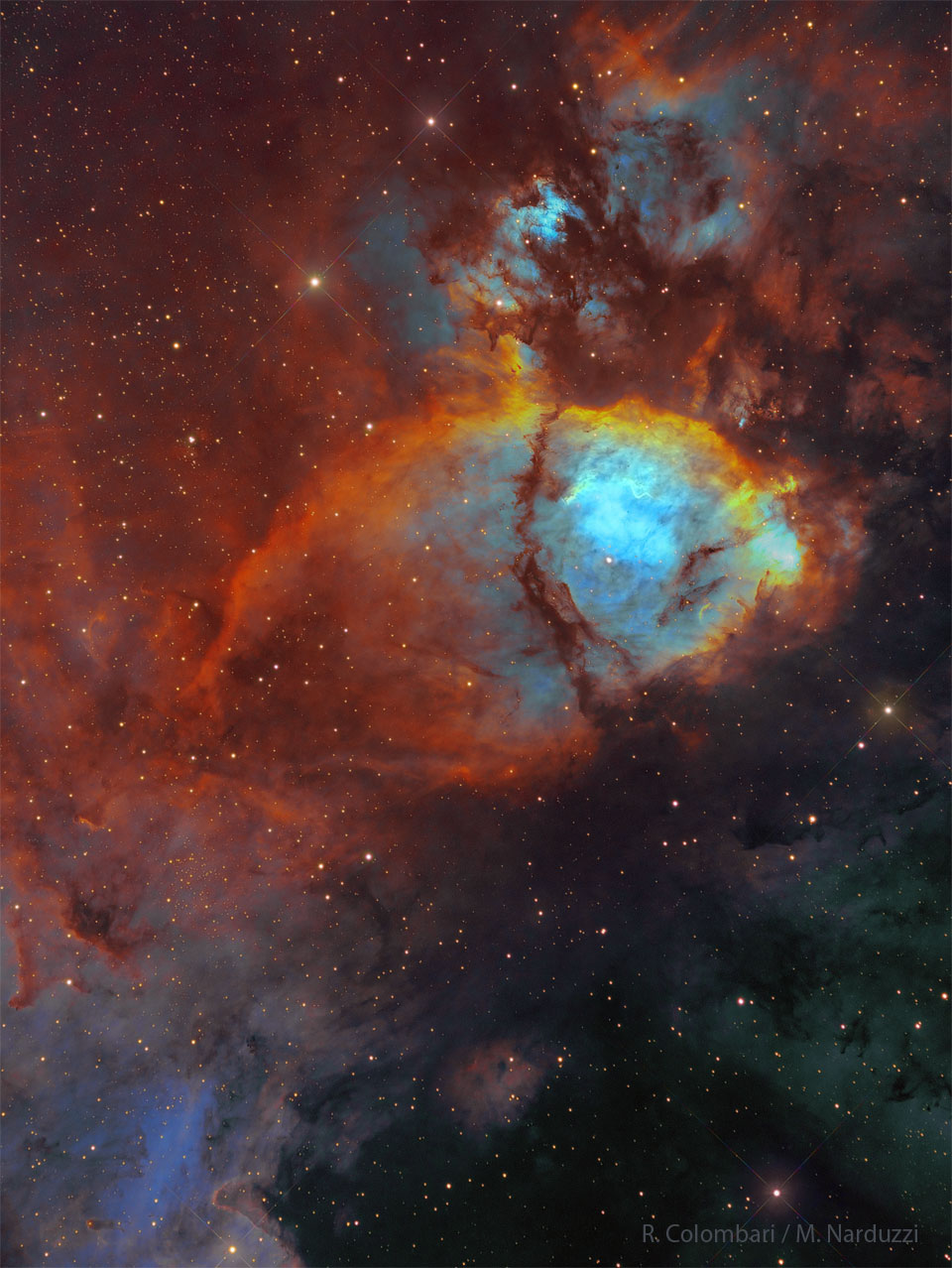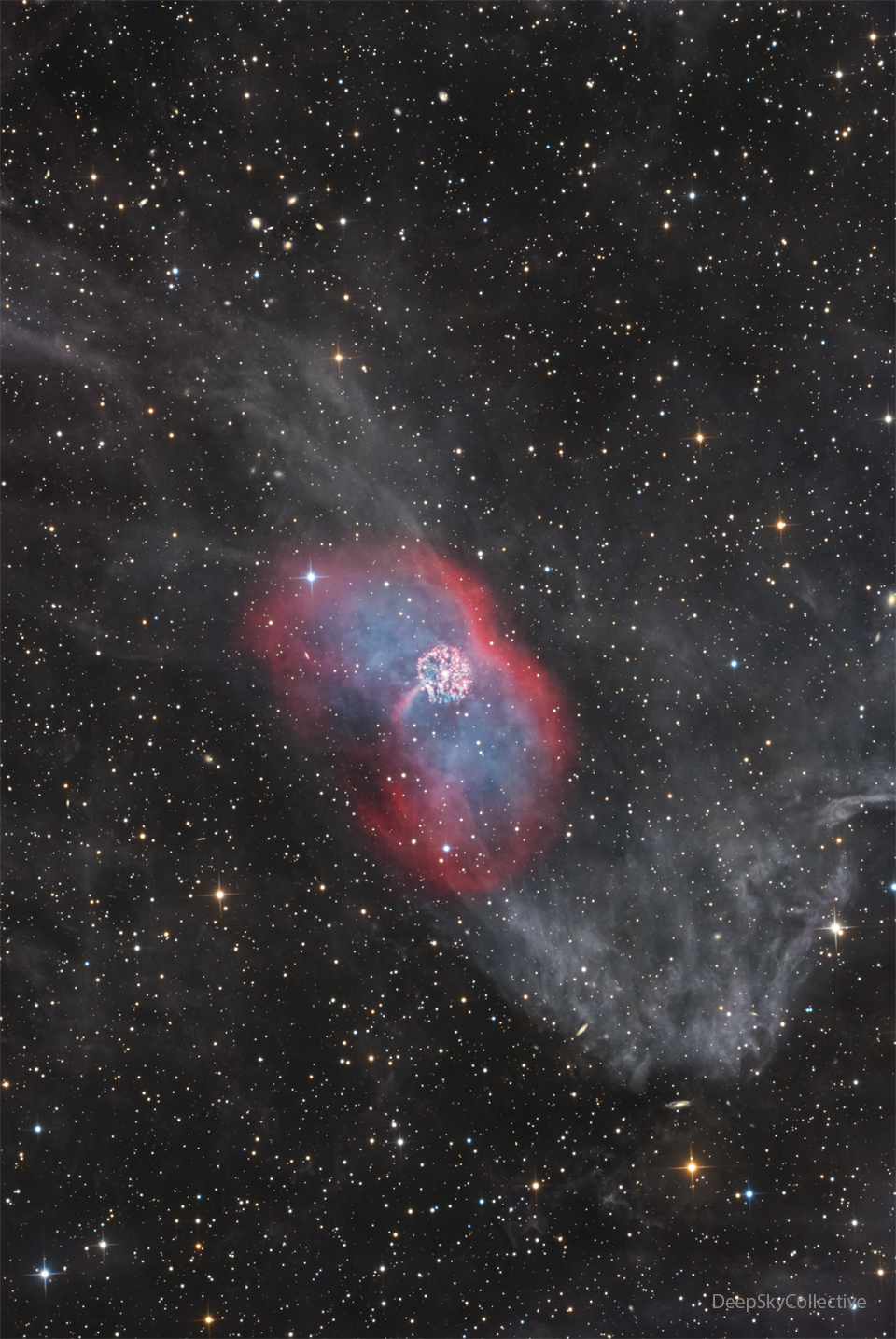Blog
John Aaron Lewis (May 3, 1920 – March 29, 2001) was an American jazz pianist, composer and arranger, best known as the founder and musical director of the Modern Jazz Quartet.
John Lewis was born in La Grange, Illinois, and after his parents’ divorce moved with his mother, a trained singer, to Albuquerque, New Mexico when he was two months old. She died from peritonitis when he was four and he was raised by his grandmother and great-grandmother. He began learning classical music and piano at the age of seven. His family was musical and had a family band that allowed him to play frequently and he also played in a Boy Scout music group. Even though he learned piano by playing the classics, he was exposed to jazz from an early age because his aunt loved to dance and he would listen to the music she played. After attending Albuquerque High School, he then studied at the University of New Mexico, where he led a small dance band that he formed and double majored in Anthropology and Music. His piano teacher at the university was Walter Keller, to whom he paid tribute on the title composition of the Modern Jazz Quartet’s 1974 album In Memoriam. Eventually, he decided not to pursue Anthropology because he was advised that careers from degrees in the subject did not pay well. In 1942, Lewis entered the Army and played piano alongside Kenny Clarke, who influenced him to move to New York once their service was over. Lewis moved to New York in 1945 to pursue his musical studies at the Manhattan School of Music and eventually graduated with a master’s degree in music in 1953. Although his move to New York turned his musical attention more towards jazz, he still frequently played and listened to classical works and composers such as Chopin, Bach and Beethoven.
more...James Joseph Brown (May 3, 1933 – December 25, 2006) was an American singer, dancer and musician. The central progenitor of funk music and a major figure of 20th-century music, he is referred to by various nicknames, among them “the Hardest-Working Man in Show Business”, “Godfather of Soul”, “Mr. Dynamite”, and “Soul Brother No. 1”.[1] In a career that lasted more than 50 years, he influenced the development of several music genres. Brown was one of the first 10 inductees into the Rock and Roll Hall of Fame on January 23, 1986.
Brown began his career as a gospel singer in Toccoa, Georgia.He rose to prominence in the mid-1950s as the lead singer of the Famous Flames, a rhythm and blues vocal group founded by Bobby Byrd. With the hit ballads “Please, Please, Please” and “Try Me“, Brown built a reputation as a dynamic live performer with the Famous Flames and his backing band, sometimes known as the James Brown Band or the James Brown Orchestra. His success peaked in the 1960s with the live album Live at the Apollo and hit singles such as “Papa’s Got a Brand New Bag“, “I Got You (I Feel Good)” and “It’s a Man’s Man’s Man’s World“.
During the late 1960s, Brown moved from a continuum of blues and gospel-based forms and styles to a new approach to music-making, emphasizing stripped-down interlocking rhythms that influenced the development of funk music. By the early 1970s, Brown had fully established the funk sound after the formation of the J.B.s with records such as “Get Up (I Feel Like Being a) Sex Machine” and “The Payback“. He also became noted for songs of social commentary, including the 1968 hit “Say It Loud – I’m Black and I’m Proud“. Brown continued to perform and record until his death from pneumonia in 2006.
Brown recorded and released 17 singles that reached No. 1 on the Billboard R&B charts. He also holds the record for the most singles listed on the Billboard Hot 100 chart that did not reach No. 1. Brown was posthumously inducted into the first class of the Rhythm & Blues Music Hall of Fame in 2013 as an artist and then in 2017 as a songwriter. He received honors from several other institutions, including inductions into the Black Music & Entertainment Walk of Fame and the Songwriters Hall of Fame. In Joel Whitburn‘s analysis of the Billboard R&B charts from 1942 to 2010, Brown is ranked No. 1 in the Top 500 Artists. He is ranked seventh on Rolling Stone‘s list of the 100 Greatest Artists of All Time and at No. 44 on their list of the 200 Greatest Singers of All Time. Brown was born on May 3, 1933, in Barnwell, South Carolina, to 16-year-old Susie (née Behling; 1917–2004) and 21-year-old Joseph Gardner Brown (1912–1993) in a small wooden shack. Brown’s name was supposed to have been Joseph James Brown, but his first and middle names were mistakenly reversed on his birth certificate.
more...Peter Seeger (May 3, 1919 – January 27, 2014) was an American folk singer and social activist. A fixture on nationwide radio in the 1940s, Seeger also had a string of hit records during the early 1950s as a member of The Weavers, notably their recording of Lead Belly‘s “Goodnight, Irene,” which topped the charts for 13 weeks in 1950. Members of the Weavers were blacklisted during the McCarthy Era. In the 1960s, Seeger re-emerged on the public scene as a prominent singer of protest music in support of international disarmament, civil rights, counterculture, workers’ rights, and environmental causes.
A prolific songwriter, his best-known songs include “Where Have All the Flowers Gone?” (with additional lyrics by Joe Hickerson), “If I Had a Hammer (The Hammer Song)” (with Lee Hays of the Weavers), “Kisses Sweeter Than Wine” (also with Hays), and “Turn! Turn! Turn! (To Everything There Is a Season)”, which have been recorded by many artists both in and outside the folk revival movement. “Flowers” was a hit recording for The Kingston Trio (1962); Marlene Dietrich, who recorded it in English, German and French (1962); and Johnny Rivers (1965). “If I Had a Hammer” was a hit for Peter, Paul and Mary (1962) and Trini Lopez (1963) while The Byrds had a number one hit with “Turn! Turn! Turn!” in 1965.
Seeger was one of the folk singers responsible for popularizing the spiritual “We Shall Overcome” (also recorded by Joan Baez and many other singer-activists), which became the acknowledged anthem of the civil rights movement, soon after folk singer and activist Guy Carawan introduced it at the founding meeting of the Student Nonviolent Coordinating Committee (SNCC) in 1960. In the PBS American Masters episode “Pete Seeger: The Power of Song“, Seeger said it was he who changed the lyric from the traditional “We will overcome” to the more singable “We shall overcome”.
Seeger was born on May 3, 1919, at the French Hospital, in New York City. His family, which Seeger called “enormously Christian, in the Puritan, Calvinist New England tradition”, traced its genealogy back over 200 years. A paternal ancestor, Karl Ludwig Seeger, a physician from Württemberg, Germany, had emigrated to America during the American Revolution and married into the old New England family of Parsons in the 1780s.
more...Derived from flamenco’s earliest root forms, the tonás, siguiriyas is one of flamenco’s oldest and deepest forms. Its name is a corruption of the term seguidillas, a group of 18th Century songs and dances. Siguiriyas first emerged in the 18th Century in Cádiz, Sevilla and Jerez de la Frontera. Slow, majestic and tragic, Siguiriyas is the most jondo of cante jondo forms. Its lyrics focus on tragedy, inconsolable sorrow, and pain. An important feature of Siguiriyas is its unusual compás which gives the form its unique, uneven pattern and much of its expressive power. Siguiriyas is a highly personal form and most artists associated with the style, such as El Planeta, La Niña de los Peines, Manuel Molina and Antonio Chacón, created their own extraordinary versions.
more...
M100 is appropriately known as a grand design spiral galaxy. The large galaxy of over 100 billion stars has well-defined spiral arms, similar to our own Milky Way. One of the brightest members of the Virgo Cluster of galaxies, M100, also known as NGC 4321 is 56 million light-years distant toward the well-groomed constellation Coma Berenices. In this telescopic image, the face-on grand design spiral shares a nearly 1 degree wide field-of-view with slightly less conspicuous edge-on spiral NGC 4312 (at upper right). The 21 hour long equivalent exposure from a dark sky site near Flagstaff, Arizona, planet Earth, reveals M100’s bright blue star clusters and intricate winding dust lanes which are hallmarks of this class of galaxies. Measurements of variable stars in M100 have played an important role in determining the size and age of the Universe.

more...
May 2nd 1941 Kingston, Jamaica. Percussionist, conga drummer, singer and music historian.
Devon worked with Bob Marley touring in the late 70’s and recorded on Bob Marleys Confrontation album. Now living in Rogers, MN. Devon currently lectures and tours throughout the USA.
more...
May 2nd 1977
People come to websites, reading bios, trying to figure out who someone else is. Said website owner makes a bio, tries to put impressive things there, drop names, list accomplishments. Then perhaps judgements are formed, opinons made and such by you, the reader.
Well, I don’t like those bios really…it has never sat right with me (I understand some may need to create such bios for various purposes…not slighting you all). And I could make it all up and you wouldn’t know the difference!
I am Curtis….a drummer.
But I am much more than that I suppose. I make music first and foremost, but that is just a means to try and figure “IT” out. Music as a career is second to music as a vehicle for growth and exploration. In my own creations and travels I try and gain more insight into who I am, what I am doing and try and to foster love, understanding, truth, wonder and excitement for being alive.
Hopefully, in the process I will keep the rumble in my stomach to a minimum and have some kind of roof over my head.
I was born on May 2, 1977.
My childhood was great. My family is amazing. I have an amazing wife and a daughter that I cherish every moment. If I am unhappy, I have only myself to look to for the reason.
I taught myself to play the drumset at 14 and now I travel the world, following my curiosity for rhythm, culture, spirit, what makes humans do what we do.
I’ve spent years studying the musical culture of Ghana and South India and count some of the best in those worlds as my mentors. Trichy Sankaran has been my mridangam guru since the beginning I can’t be thankful enough for that.
I compose my own music, I play mbira with one of Canada’s best mbira players, I co-lead a Ghanaian drum & dance ensemble, I lead my own Afro-Indian-World-Jazz group (that genre exists…I made it up), and collaborate with various Indian, African, jazz, and “other” musicians in Vancouver and beyond.
I’m born and raised in a small Newfoundland town called Carbonear, but now live in Vancouver, BC on the unceded territories of the xʷməθkʷəy̓əm (Musqueam), Sḵwx̱wú7mesh (Squamish), and Sel̓íl̓witulh (Tsleil-Waututh) Nations.
There is a school in a Ghanaian village with my name on it. I like to help people with the power, potential and advantage that I have in my life and where I was born and what I was born into.
I’ve been to school…BFA from York U.
It was a good time, I met my guru. But it didn’t make me the musician I am today. No school can do that.
I also have a PhD in Ethnomusicology from the University of British Columbia.
Please take some time when you have it to see some pictures and read some of my experiences from around the world.
Listen to some of my own music as well if you please. I think I’ve said enough in this space.
Peace and Love,
Curtis
Richard Arnold “Groove” Holmes (May 2, 1931 – June 29, 1991) was an American jazz organist who performed in the hard bop and soul jazz genre. He is best known for his 1965 recording of “Misty“.
Holmes’s first album, on Pacific Jazz with guest Ben Webster, was recorded in March 1961. He recorded many albums for Pacific Jazz, Prestige, Groove Merchant, and Muse, many of them with Houston Person.
He died of a heart attack after battling prostate cancer, having performed his last concerts in a wheelchair. One of his last gigs was at the 1991 Chicago Blues Festival with his longtime friend, singer Jimmy Witherspoon.
more...
This colorful cosmic portrait really features glowing gas and obscuring dust clouds in IC 1795, a star forming region in the northern constellation Cassiopeia. The nebula’s colors were created by adopting the Hubble color palette for mapping narrowband emissions from oxygen, hydrogen, and sulfur atoms to blue, green and red colors, and further blending the data with images of the region recorded through broadband filters. Not far on the sky from the famous Double Star Cluster in Perseus, IC 1795 is itself located next to IC 1805, the Heart Nebula, as part of a complex of star forming regions that lie at the edge of a large molecular cloud. Located just over 6,000 light-years away, the larger star forming complex sprawls along the Perseus spiral arm of our Milky Way Galaxy. At that distance, IC 1795 would span about 70 light-years across.

more...
Judith Marjorie Collins (born May 1, 1939 Seattle, WA) is an American singer-songwriter and musician with a career spanning seven decades. An Academy Award-nominated documentary director and a Grammy Award-winning recording artist, she is known for her eclectic tastes in the material she records (which has included folk music, country, show tunes, pop music, rock and roll and standards), for her social activism, and for the clarity of her voice. Her discography consists of 36 studio albums, nine live albums, numerous compilation albums, four holiday albums, and 21 singles.
Collins’ debut studio album, A Maid of Constant Sorrow, was released in 1961 and consisted of traditional folk songs. She had her first charting single with “Hard Lovin’ Loser” (No. 97) from her fifth studio album In My Life (1966), but it was the lead single from her sixth studio album Wildflowers (1967), “Both Sides, Now” – written by Joni Mitchell – that gave her international prominence. The single reached No. 8 on the Billboard Pop Singles chart and won Collins her first Grammy Award for Best Folk Performance. She enjoyed further success with her recordings of “Someday Soon“, “Chelsea Morning” (also written by Mitchell), “Amazing Grace“, “Turn! Turn! Turn!“, and “Cook with Honey”.
Collins experienced the biggest success of her career with her recording of Stephen Sondheim‘s “Send in the Clowns” from her tenth studio album Judith (1975). The single peaked at No. 36 on the Billboard Pop Singles chart in 1975 and then again in 1977 at No. 19, spending 27 non-consecutive weeks on the chart and earning her a Grammy Award nomination for Best Pop Vocal Performance, Female, as well as a Grammy Award for Sondheim for Song of the Year. Judith would also become her best-selling studio album; it was certified Gold by the RIAA in 1975 for sales of over 500,000 copies and Platinum in 1996 for sales of over 1,000,000 copies.
In 2017, Collins’s rendition of the song “Amazing Grace” was selected for preservation in the National Recording Registry by the Library of Congress as being “culturally, historically, or artistically significant”.That same year, she received a Grammy Award nomination for Best Folk Album for Silver Skies Blue with Ari Hest. In 2019 at the age of 80, she scored her first No. 1 album on an American Billboard Chart with Winter Stories, a duet album with Norwegian singer, songwriter, and guitarist Jonas Fjeld featuring Chatham County Line. In 2022, she released her first studio album of all original material, titled Spellbound, and it earned her another Grammy nomination for Best Folk Album.
more...Shirley Valerie Horn (May 1, 1934 – October 20, 2005) was an American jazz singer and pianist. She collaborated with many jazz musicians including Miles Davis, Dizzy Gillespie, Toots Thielemans, Ron Carter, Carmen McRae, Wynton Marsalis and others. She was most noted for her ability to accompany herself with nearly incomparable independence and ability on the piano while singing, something described by arranger Johnny Mandel as “like having two heads”, and for her rich, lush voice, a smoky contralto, which was described by noted producer and arranger Quincy Jones as “like clothing, as she seduces you with her voice”.
Shirley Horn was born and raised in Washington, D.C. Encouraged by her grandmother, an amateur organist, Horn began piano lessons at the age of four. Aged 12, she studied piano and composition at Howard University, later graduating from there in classical music. Horn was offered a place at the Juilliard School, but her family could not afford to send her there. Horn formed her first jazz piano trio when she was 20.
more...Marion Walter Jacobs (May 1, 1930 – February 15, 1968), known as Little Walter, was an American blues musician, singer, and songwriter, whose revolutionary approach to the harmonica had a strong impact on succeeding generations, earning him comparisons to such seminal artists as Django Reinhardt, Charlie Parker and Jimi Hendrix. His virtuosity and musical innovations fundamentally altered many listeners’ expectations of what was possible on blues harmonica. He was inducted into The Rock and Roll Hall of Fame in 2008, the first and, to date, only artist to be inducted specifically as a harmonica player.
Jacobs’ date of birth is usually given as May 1, 1930, in Marksville, Louisiana. He was born without a birth certificate and when he applied for a Social Security card in 1940, his birthdate was listed as May 1, 1923. Over the years he often gave different years, but May 1 was constant. In some other documents he filled out before reaching the age of majority he indicated birth years of 1925 and 1928, probably to appear to be of legal age to sign contracts for recordings and club work. After reaching the age of majority based on a birth year of 1930, he consistently gave his birth year as 1930. In the 1940 U.S. Census, his mother Beatrice reported his age at 14, making his birth year 1925. A few months after returning from his second European tour, Little Walter was involved in a fight while taking a break from a performance at a nightclub on the South Side of Chicago. He apparently sustained only minor injuries in this altercation, but they aggravated the damage he had suffered in previous violent encounters, and he died in his sleep at the apartment of a girlfriend, at 209 East 54th Street in Chicago, early the following morning.The official cause of death on his death certificate was coronary thrombosis (a blood clot in the heart); evidence of external injuries was so insignificant that the police reported that his death was due to “unknown or natural causes”, and no external injuries were noted on the death certificate. His body was buried at St. Mary’s Cemetery, in Evergreen Park, Illinois, on February 22, 1968.
more...The star system GK Per is known to be associated with only two of the three nebulas pictured. At 1500 light years distant, Nova Persei 1901 (GK Persei) was the second closest nova yet recorded. At the very center is a white dwarf star, the surviving core of a former Sun-like star. It is surrounded by the circular Firework nebula, gas that was ejected by a thermonuclear explosion on the white dwarf’s surface — a nova — as recorded in 1901. The red glowing gas surrounding the Firework nebula is the atmosphere that used to surround the central star. This gas was expelled before the nova and appears as a diffuse planetary nebula. The faint gray gas running across is interstellar cirrus that seems to be just passing through coincidently. In 1901, GK Per’s nova became brighter than Betelgeuse. Similarly, star system T CrB is expected to erupt in a nova later this year, but we don’t know exactly when nor how bright it will become.

more...
More Posts
- Herman Riley Day
- Paul Winter Day
- World Music with Kaïssa
- Daily Roots with Black Skin The Prophet
- The Cosmos with NGC 6357
- John Phillips Day
- Kenny Dorham Day
- World Music with Tomatito
- The Cosmos with NGC 5307
- Michael Jackson Day
- Bernie Maupin Day
- Charlie Parker Day
- World Music with Lim Ji Hye
- Daily Roots with Don Carlos
- Happy Birthday Maya
- The Cosmos with M61
- Phil Seamen Day
- Kenny Drew Day
- Vilayat Khan Day